
Published:
Readtime: 14 min
Every product is carefully selected by our editors and experts. If you buy from a link, we may earn a commission. Learn more. For more information on how we test products, click here.
If you’ve been paying any attention to fitness trends over the last few years, you’ve probably heard of the keto diet by now. Also known as the ketogenic diet (or just keto for short), it gets routinely boiled down to the following mantra: very low carbs, high fat. However, don’t take that to mean you should stroll into McDonald’s and start eating Big Macs without the bun on a daily basis. You are trying to be healthy, after all.
So what is keto, exactly? And does it really help you lose weight while improving overall fitness? What about the reports of it warding off diseases such as diabetes, cancer, epilepsy, and Alzheimer’s? Are those true? By the way: isn’t fat supposed to be bad for you?
Clearly, you have plenty of questions about the keto diet and with good reason. Today, we bring you the answers. Presenting the keto diet for beginners, which will help separate fact from fiction and even lay out a few keto meal plans. Here’s the keto diet explained.
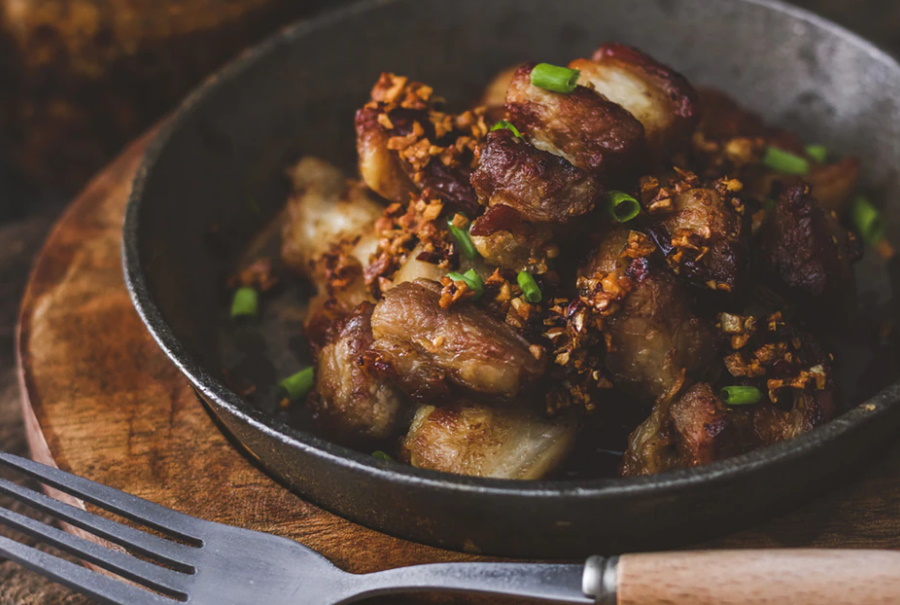
What is a Ketogenic Diet?
To this day, it’s considered common knowledge that carbs are supposed to make up the bulk of one’s diet. For proof, look no further than the standard food pyramid. On the bottom (i.e. biggest) row is fruits and veggies and in the row above that, you’ll find bread, potatoes, whole grains, and cereals. In a nutshell: carbs, albeit healthy ones.
For decades, however, certain groups, experts, and individuals have contested that carbs should actually make up the smallest portion of one’s diet. Amongst them was Dr. Atkins, who kicked off a short-lived diet craze in the early 2000s. And while the keto diet is arguably older than Atkin’s, it’s only been gaining momentum in recent years. Some might even say that the ketogenic diet picks up where Atkins left off in terms of popularity and efficiency alike.
That brings us to the question of the day: what is keto? Simply put, the keto diet consists of low carbs and high fat. By eating fewer carbs, you’re reducing levels of blood sugar and insulin and transforming the body’s metabolism. As a result, you enter a state of ketosis and burn through calories with greater efficiency, expediting weight loss and potentially improving brain function.
The core philosophy behind the keto diet is that carbs break down into sugar and it’s harder for your body to burn through sugar than fat. By consuming more fat, you’re improving metabolic efficiency and also turning fat into fatty acids and ketones inside the liver. With an increase in ketones, there comes a slew of reported health benefits.
As one might suspect, the science behind the keto diet is far from settled. Furthermore, even devout keto practitioners often say that the diet isn’t for everyone. What’s important is that you approach keto with a healthy mindset, meaning you make sound choices when deciding what to eat and what not to eat.
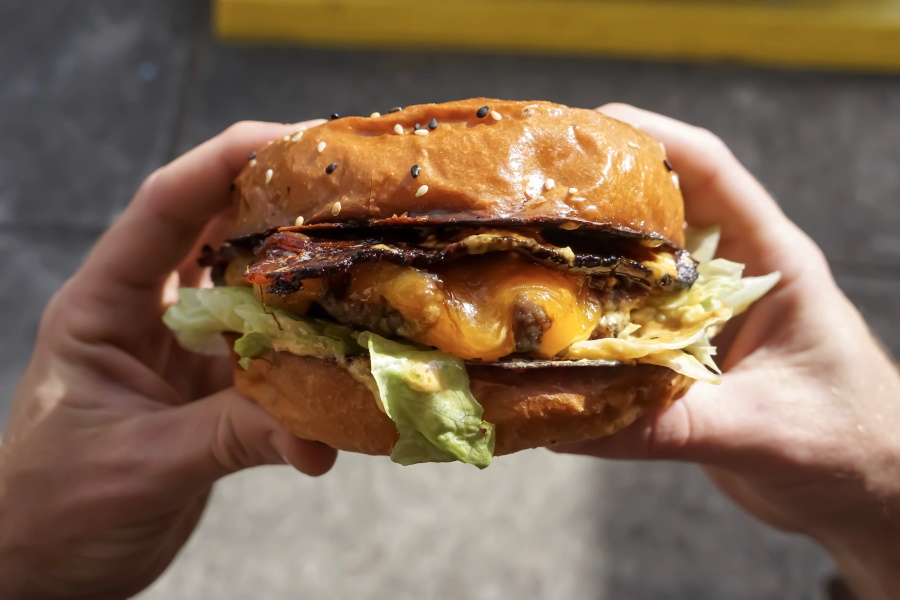
Different Types of Ketogenic Diets
Now that we’ve explained the keto diet, you might think you have this whole thing figured out. Well, not so fast. That’s because there are at least four types of keto diets and not all of them have been thoroughly studied. Here are the different variations:
- Standard ketogenic diet (SKD): The most common type of keto is also the one with the most research behind it. It typically contains 75% fat, 20% protein, and just 5% carbs.
- Cyclical ketogenic diet (CKD): This one works on a cycle and incorporates higher carb intake on a weekly basis. Usually, it breaks down into 5 straight days of keto, followed by 2 days of higher carb intake.
- Targeted ketogenic diet (TKD): A number of fitness experts recommend increasing carb intake before and after workouts and this type of keto diet abides. It allows you to eat more carbs, but only before and after you exercise.
- High-protein ketogenic diet: Like the SKD, this type of keto is low in carbs, however, it incorporates higher protein intake. The general breakdown is typically as follows: 60% fat, 35% protein, and 5% carbs.
Since this is the keto diet for beginners, we should add that only the standard and high-protein versions are currently backed by extensive research.
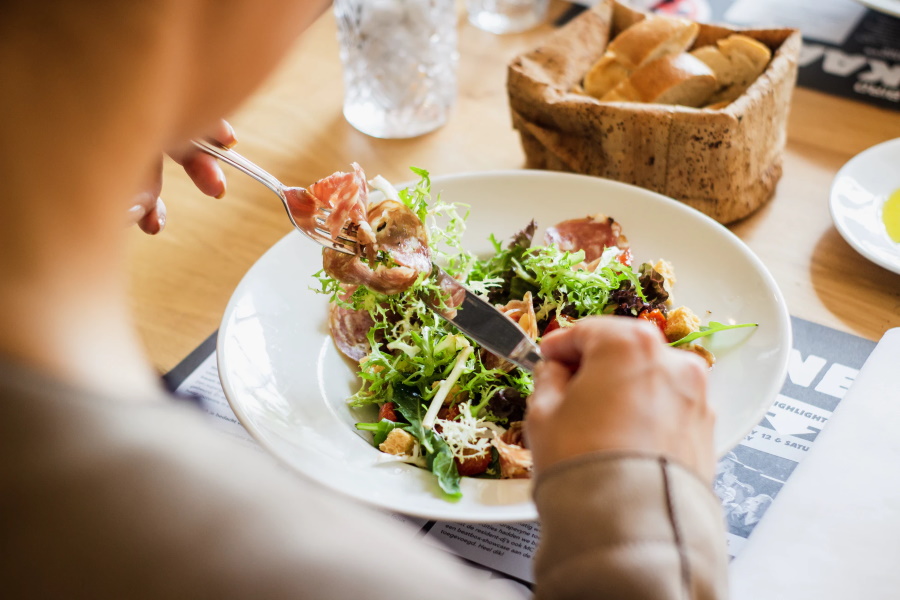
Can Ketogenic Diets Help You Lose Weight?
Most experts agree that if nothing else, the keto diet will help you lose weight and relatively fast. In fact, one study concluded that those on a keto diet can lose up to 2.2 times more weight than those on a calorie-restricted or low-fat diet. During the same study, both triglyceride and HDL cholesterol levels also improved.
While a standard or high-protein keto diet will help you lose weight and theoretically keep you full in the process, that doesn’t mean it’s critic-proof. On the contrary, some health experts describe keto as nothing more than a fad and a faulty one at that. For starters, strict carb abstinence is very difficult to maintain over extended periods of time. That means you might experience rapid weight loss and then gain the weight back as soon as you relapse.
Even if you do manage to sustain the keto diet, there are potential side effects to consider. This might have you asking: is keto healthy or isn’t it?
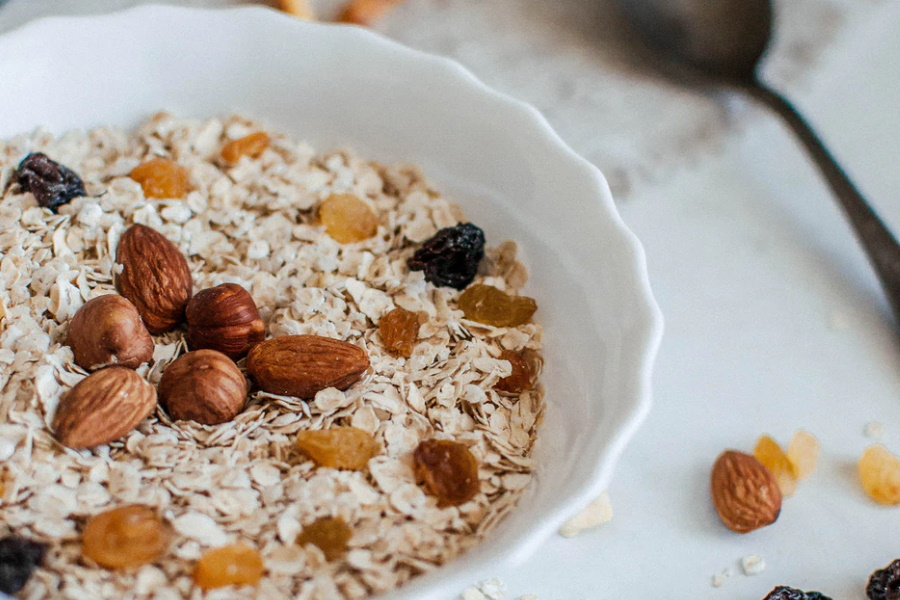
Are Ketogenic Diets Good For Your Health?
There are plenty of nutrition experts who will warn you against the hazards of a keto diet. Some of their concerns are rooted in the fact that as soon as you see the words “high fat,” you’ll load up on things like bacon and steak. By doing so, you could be increasing your risk of cancer and heart disease.
On the flip side of that coin, some keto practitioners say there’s nothing wrong with bacon and steak, presuming you eat responsibly and work out on a fairly regular basis. They’ll also point to some baseline correlations between a keto diet and overall health. It can all get quite confusing, to say the least.
Let’s start with the basics. Namely, keto can help you lose excess fat and also lower your insulin levels, warding off things like type 2 diabetes or prediabetes. Not only that, but one study showed that the keto diet can even help fight type 2 diabetes amongst those who already have it. Keto has also been used as a way to reduce epileptic seizures and there are numerous studies and statistics to back up that claim.
Move forward from there and you enter a downright hostile arena, where keto practitioners are constantly squaring off against critics. Some practitioners will attest that carbs are the ultimate devil and a keto diet doesn’t just help you lose weight and ward off diabetes, but it can even prevent things such as cancer and Alzheimer’s.
The critics respond on three separate fronts. First, they point out the diet’s theoretical unsustainability. Next, they bring up possible risks over the long term, such as kidney stones, low blood pressure, constipation, osteoporosis, and increased levels of uric acid (which can lead to gout in some cases). Last but not least, they draw a correlation between ketogenic diets and increased mortality rates.
However, even critics admit that increased mortality rates (from things like cancer and heart disease) are associated with animal-based diets, whereas plant-based keto diets have been shown to decrease mortality rates. The problem is that plant-based keto diets are supremely restrictive and much harder to maintain.
In summary, the jury’s still out as to whether a standard keto diet is completely healthy. Yes, it will reportedly help you lose weight, improve metabolism, increase ketone production, reduce blood sugar and insulin levels, and ward off both diabetes and epileptic seizures, but that doesn’t mean it’s easy to maintain or entirely risk-free.
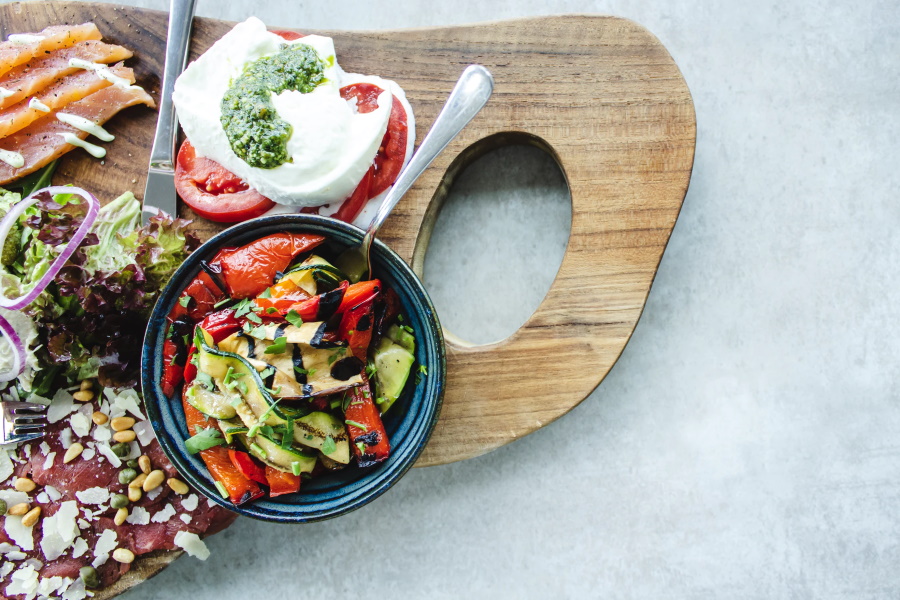
Keto-Friendly Foods (A Simple Ketogenic Shopping List)
As you’ll soon discover, going keto doesn’t necessarily mean sacrificing a number of your favourite meals. Before we dive into a keto diet plan for beginners, allow us to introduce the foods that will presumably make up your diet, in general. They are as follows:
- Eggs: Stick with pasture-raised eggs for an early dose of protein and good fat.
- Poultry (chicken and turkey): Healthy protein doesn’t get much leaner and meaner.
- Nuts and seeds: Bring out your inner forager by snacking on macadamia nuts, almonds, walnuts, pumpkin seeds, peanuts, and flaxseeds.
- Nut butter: Peanut, almond, and cashew butter are part of the keto diet and thank heaven for that.
- Coconut butter: Wildly popular amongst keto practitioners, this paste-like spread is made entirely from coconut flesh.
- Fatty Fish: Try to eat fish of the fattier variety, including wild-caught salmon, herring, and mackerel. Delicious and nutritious!
- Shellfish: No one argues with shrimp and scallops. Be aware that some types of shellfish contain small amounts of carbs.
- Meat: This would include grass-fed beef, port, bison, elk, and more.
- Dairy: Avoid no-fat and low-fat labels when picking up butter, cream, and yoghurt. You should likewise eat full-fat cheeses such as cheddar, mozzarella, brie, goat cheese, and cream cheese.
- Healthy oils: When cooking or consuming oil, make it coconut, olive, avocado, or sesame oil.
- Avocado: Loaded with good fat and delicious to boot, avocado makes for a terrific accompaniment or a perfect snack.
- Non-starchy vegetables: This would include veggies like leafy greens, broccoli, tomatoes, mushrooms, and peppers.
- Condiments: Go all-in with salt, pepper, vinegar, lemon juice, and various herbs and spices.
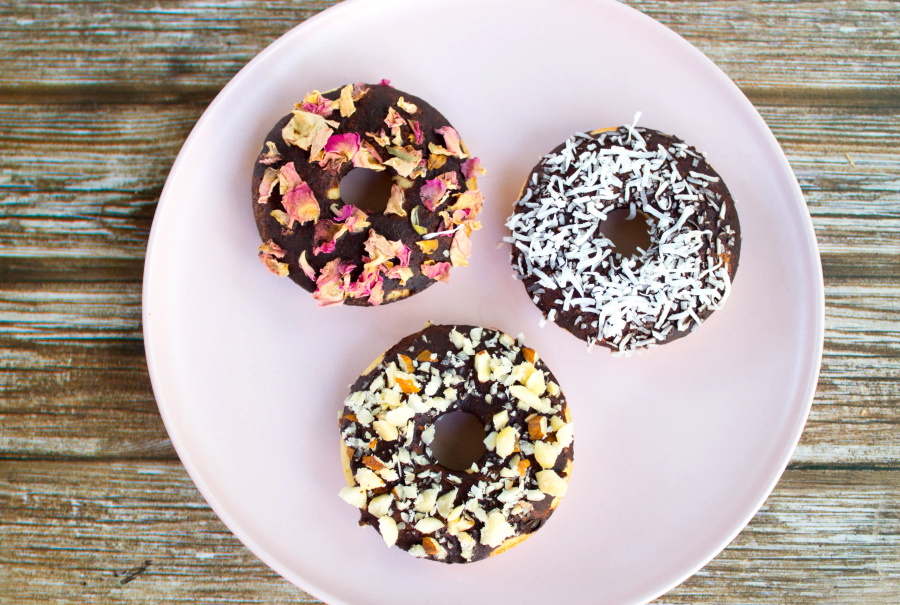
Foods to Avoid
Carbs will only make up about 5% of your diet and that means bidding adieu to the following carb-heavy foods:
- Pasta: No more spaghetti or noodles for you.
- Grains: This would include any products containing wheat, rice, or oats.
- Starchy vegetables: Potatoes, sweet potatoes, butternut squash, corn, peas, pumpkin, etc.
- Beans and legumes: Black beans, chickpeas, lentils, kidney beans, etc.
- Fruit: Citrus, grapes, bananas, and pineapple.
- Bread and baked goods: White bread, whole wheat bread, crackers, rolls, etc.
- Sugar: Ice cream, candy, maple syrup, agave syrup, cookies, doughnuts, cake, coconut sugar, sweetened beverages, and so on.
- High-carb sauces: Think barbecue sauce, sugar-heavy salad dressings, and dipping sauces.
- Certain alcoholic beverages: Beer and cocktails, namely.
- Unhealthy fats: Margarine, shortening, and vegetable oils (i.e. canola, corn oil, etc).
- Processed foods: Fast food, packaged foods, and processed meats (hot dogs, lunch meats, etc).
- Diet foods: Foods that contain artificial colors or preservatives or sweeteners.
Remember, keto is low-carb and not no-carb. However, even when you’re eating carbs, you should be avoiding processed foods, refined sugars, and unhealthy fats. For the most part, stick primarily to low-glycemic fruits like berries.
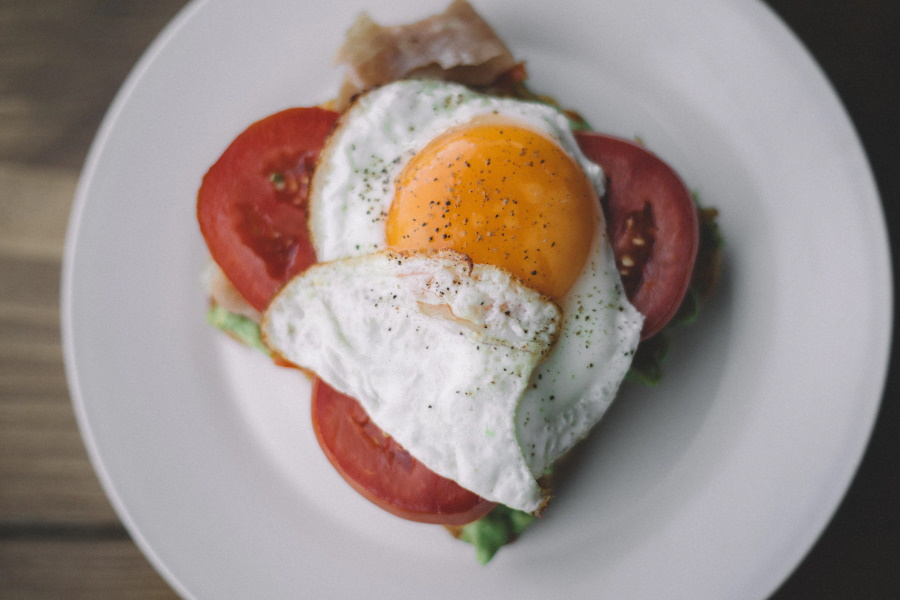
A Ketogenic Meal Plan (Sunday – Saturday)
At long last: a keto diet plan for beginners. On the following sample menu, you’ll find plenty of tasty meals and precious few carbs. The goal is to achieve ketosis, which might require you to decrease carb intake even more. Also, you should be cooking with coconut oil, avocado oil, olive oil, and pastured butter to increase the fat content.
Here’s one week on the ketogenic diet:
Monday
- Breakfast: Two fried eggs (in pastured butter) with a side of sauteed greens.
- Lunch: A cheeseburger with mushrooms and avocado on a bed of greens (no bun).
- Dinner: Pork chops with a side of sauteed green beans.
Tuesday
- Breakfast: Pepper and mushroom omelet.
- Lunch: Shrimp salad on a bed of greens.
- Dinner: Roast chicken in a cream sauce with a side of broccoli.
Wednesday
- Breakfast: Cheese, eggs, and bell pepper scramble.
- Lunch: Hard-boiled eggs, turkey, avocado, and blue cheese on a bed of arugula.
- Dinner: Grilled salmon with a side of sauteed spinach.
Thursday
- Breakfast: Full-fat yogurt topped with Keto-friendly granola.
- Lunch: Steak bowl with cauliflower rice, cheese, herbs, avocado, and salsa.
- Dinner: Bison steak with a side of cheesy broccoli.
Friday
- Breakfast: Baked avocado egg boats.
- Lunch: Caesar salad with chicken.
- Dinner: Pork chops with a side of asparagus.
Saturday
- Breakfast: Cauliflower toast topped with cheese and avocado.
- Lunch: Salmon burgers on top of pesto sauce (no bun).
- Dinner: Meatballs with zucchini noodles and parmesan cheese.
Sunday
- Breakfast: Coconut milk chia pudding topped with coconut and walnuts.
- Lunch: Cobb salad with leafy greens, hard-boiled eggs, avocado, cheese, and turkey.
- Dinner: Coconut chicken curry.

Keto-Friendly Drinks
For some people, giving up sugary beverages might be the hardest part. However, it’s something you should do regardless of diet. Stick instead to the following beverage options:
- Water: Drink steadily throughout the day. If you want to mix things up in the flavour department, you can add things like mint or lemon peel.
- Sparkling water: It’s not Coca-Cola, but it will have to suffice. Avoid artificially-flavored varieties.
- Coffee: Don’t add sugar or sweetener, but feel free to add heavy cream. You might be interested in trying bulletproof coffee which uses MCT oil.
- Tea: Green tea delivers considerable health benefits, but remember: no sweeteners.
Alcohol is generally frowned upon, but not outright prohibited. If you want to indulge, drink vodka or tequila either neat or with a splash of soda water.
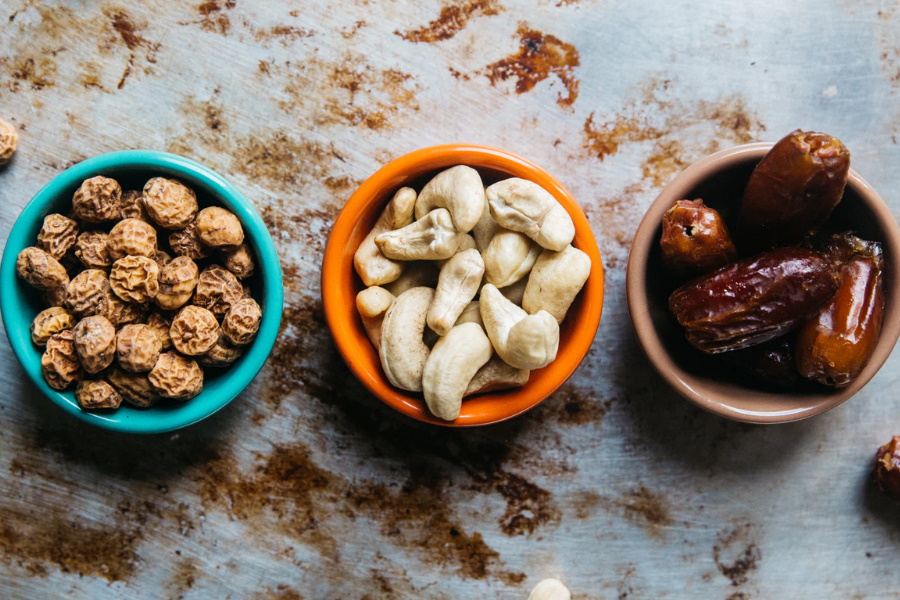
Healthy Ketogenic Snack Options
Looking for a keto-friendly snack? Fret not because you have your options. Here are some examples:
- Almonds and cheddar cheese
- Half an avocado stuffed with chicken salad
- Guacamole with low-carb veggies
- Trail mix made with unsweetened coconut, nuts, and seeds
- Hard-boiled eggs
- Coconut chips
- Kale chips
- Olives and sliced salami
- Celery and peppers with herbed cream cheese dip
- Berries with heavy whipping cream
- Beef Jerky
- Cheese roll-ups
- Parmesan crisps
- Macadamia nuts
- Greens with high-fat dressing and avocado
- Keto smoothie made with coconut milk, cocoa, and avocado
- Avocado cocoa mousse

Supplements for a Ketogenic Diet
Adopting the keto diet can deliver a shock to your system and for obvious reasons. Some people might even get what’s known as the keto flu during the first few days. Symptoms can include decreased energy, mental sluggishness, hunger pangs, insomnia, and nausea.
Should you want to avoid the early pitfalls of a ketogenic diet, you can start by supplementing your virtual no-carb diet with a low-carb diet. In other words, slowly reduce your carb intake during the first few weeks so that your body can adjust accordingly.
Also, keto can affect your water and mineral balance, so consider adding more salt to your diet and/or taking mineral supplements. Recommended dosages of mineral supplements are 3,000–4,000 mg of sodium along with 1,000 mg of potassium and 300 mg of magnesium per day.
Here are some other supplements you can take while on the keto diet:
- MCT oil: This can help increase ketone production.
- Caffeine: This helps with energy, fat loss, and performance.
- Exogenous ketones: Here’s another supplement that can reportedly help increase ketone count.
- Creatine: Pair this supplement with a proper workout routine for a performance boost.
- Whey protein: This will help increase your protein intake.
Last but not least, remember that proper keto is not a starvation-based diet routine. One look at the keto diet plan for beginners (see above) should indicate as much. It’s all about eating well and being full so that you can ideally maintain the regimen for extended periods of time.
General FAQ
A standard keto diet is high in fat and low in carbs. Most practitioners eat the following foods: eggs, fatty fish, poultry, meat, full-fat cheese, nuts, seeds, avocadoes, berries, and low-carb veggies.
You should consult with a health professional before going full keto. This is because the keto diet has been reported to cause side effects, including low blood pressure, kidney stones, and constipation.
The modern keto diet is reportedly derived from the MCT diet, which was developed by Peter Huttenlocher in the 1970s.
There are essentially four types of keto and they are as follows: standard keto (75% fat, 20% protein, 5% carbs), cyclical keto (5 days of keto and 2 days of regular eating), targeted keto (carb consumption before and after workouts), and high-protein keto (60% fat, 35% protein, 5% carbs).
You’ll also like:
A Rookie’s Guide to Intermittent Fasting
Everything You Need to Know About the Mediterranean Diet
Joe Rogan’s Diet & Workout Plan
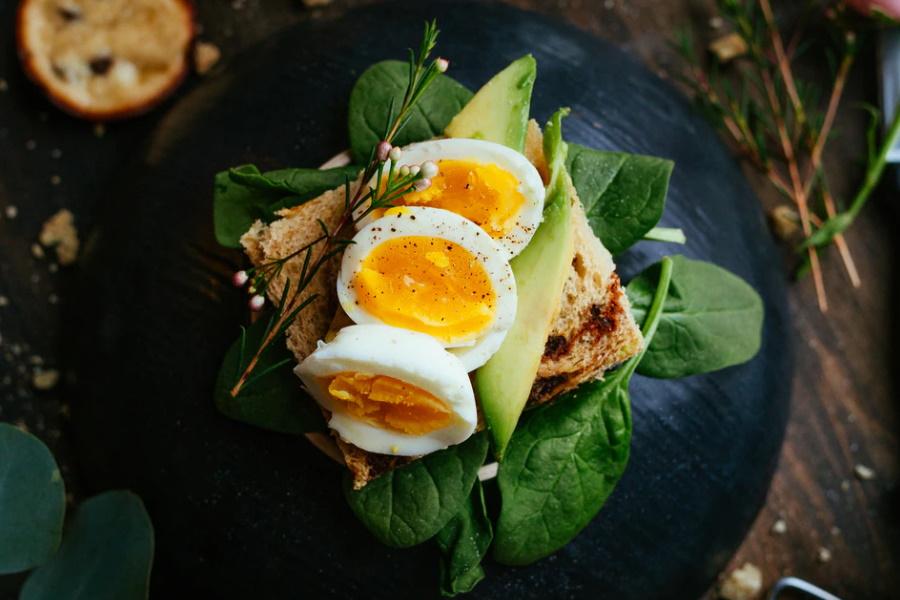























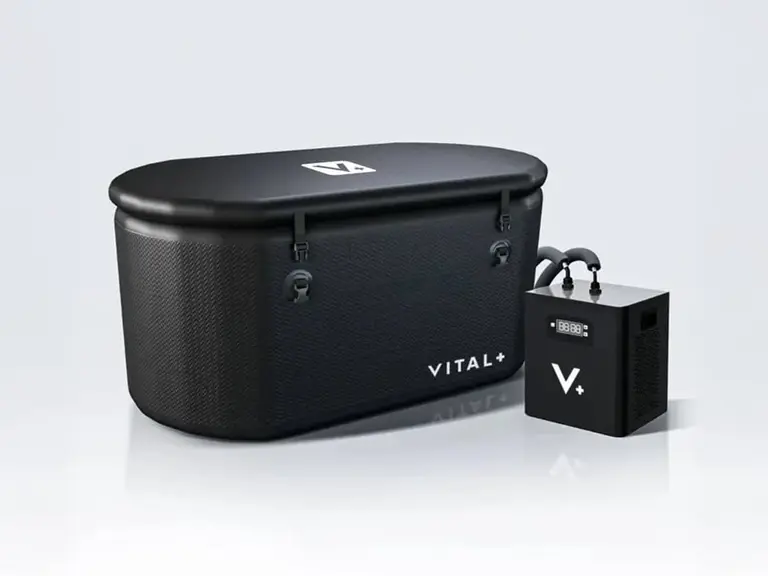






Comments
We love hearing from you. or to leave a comment.